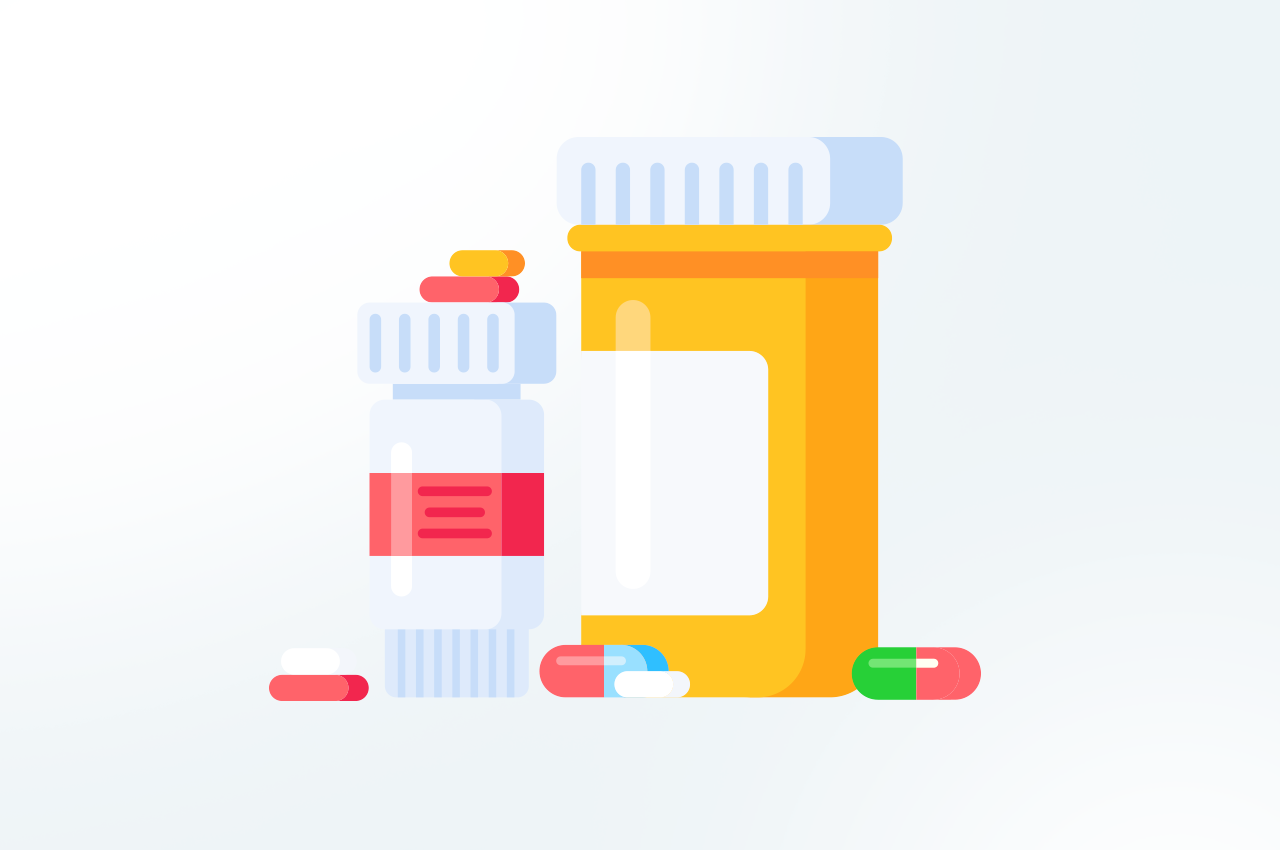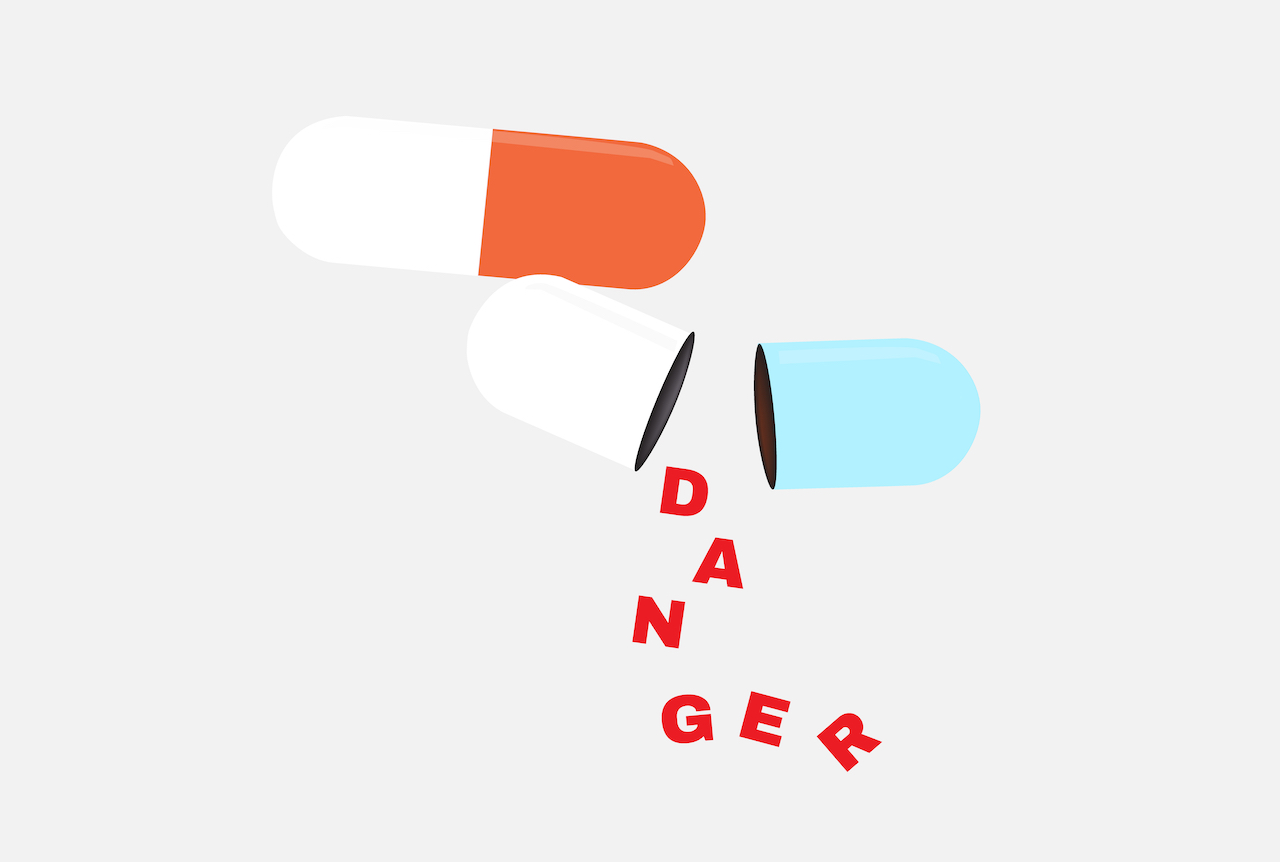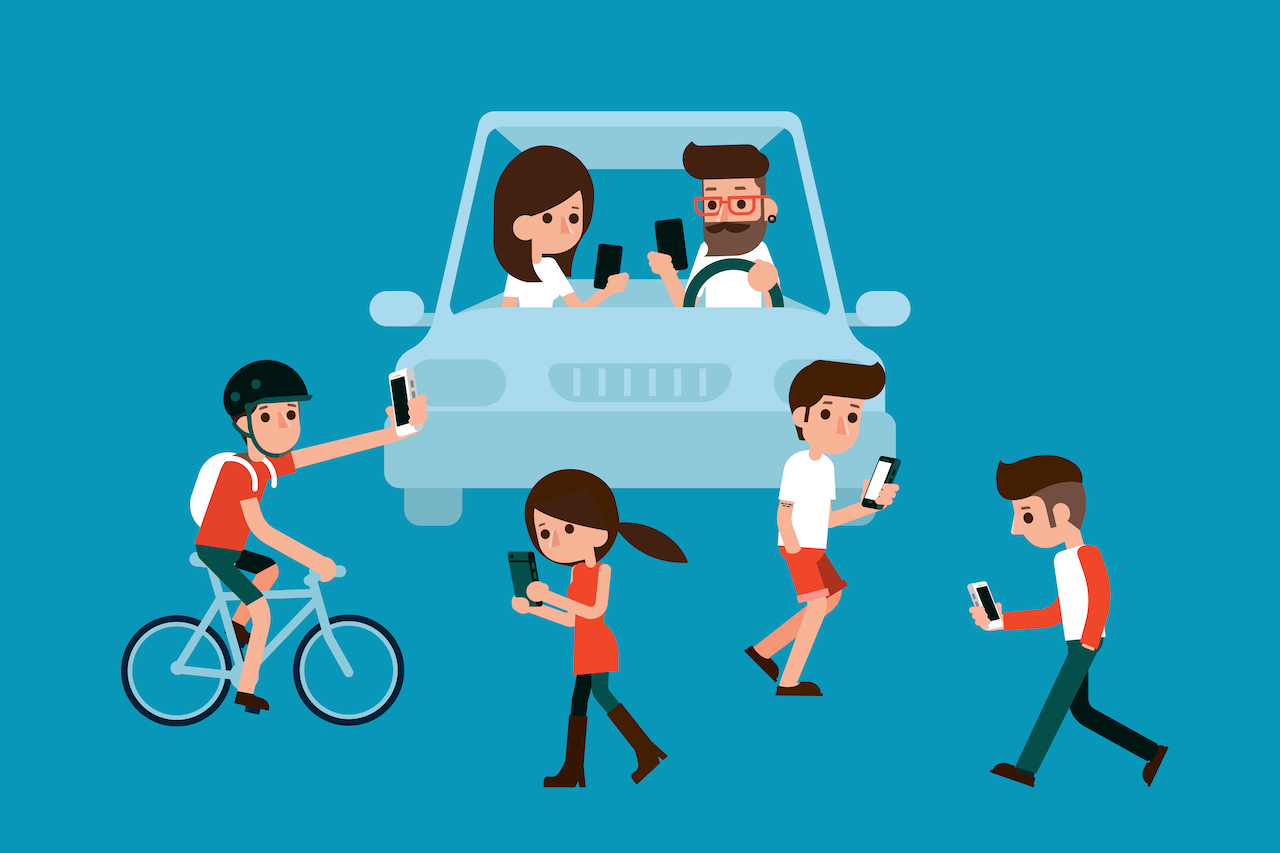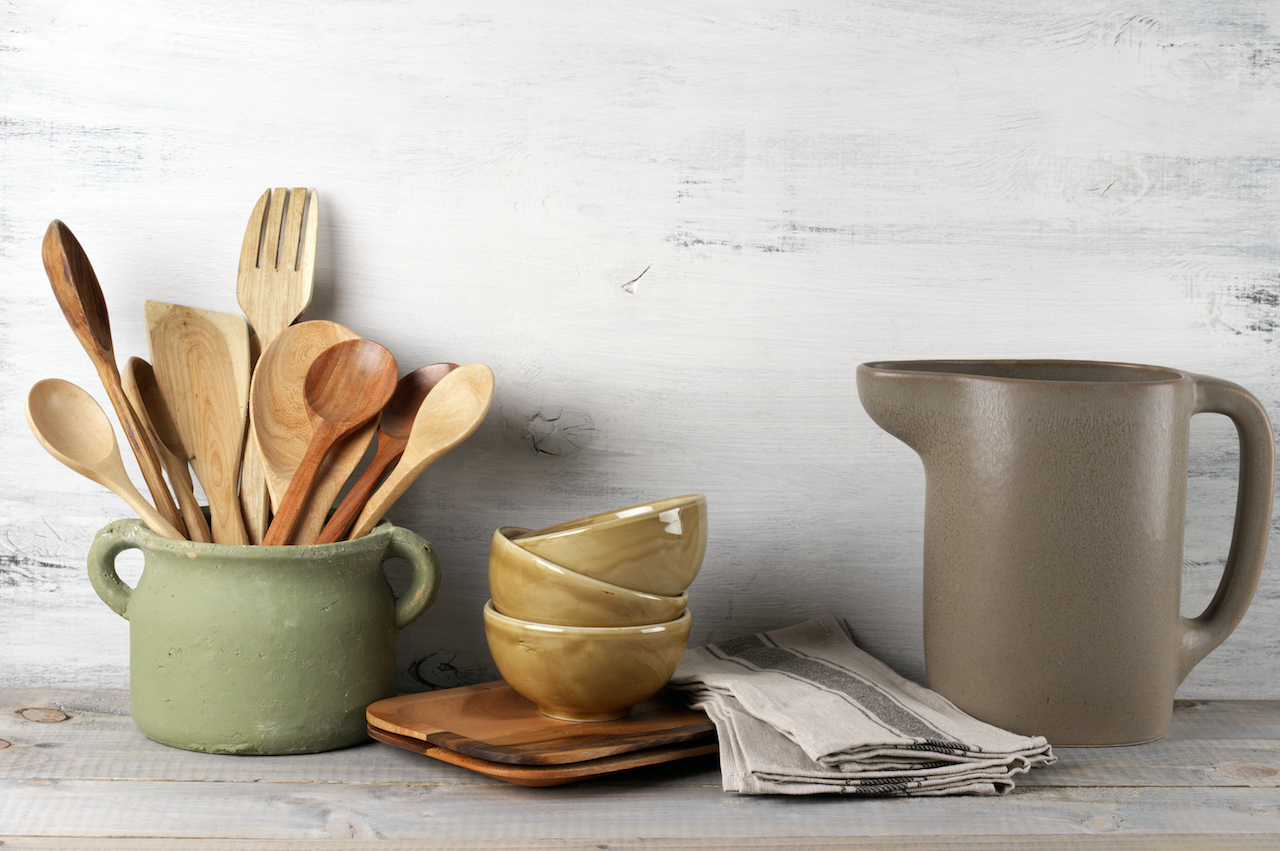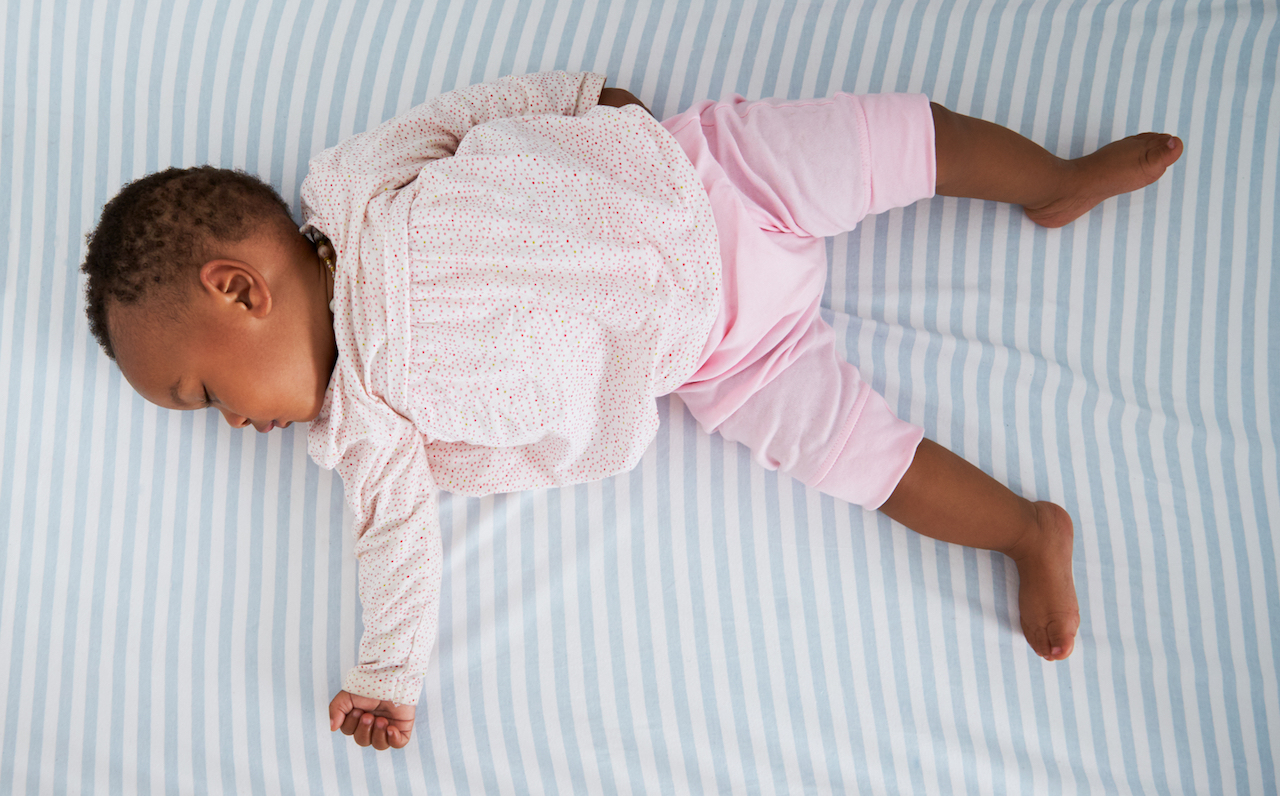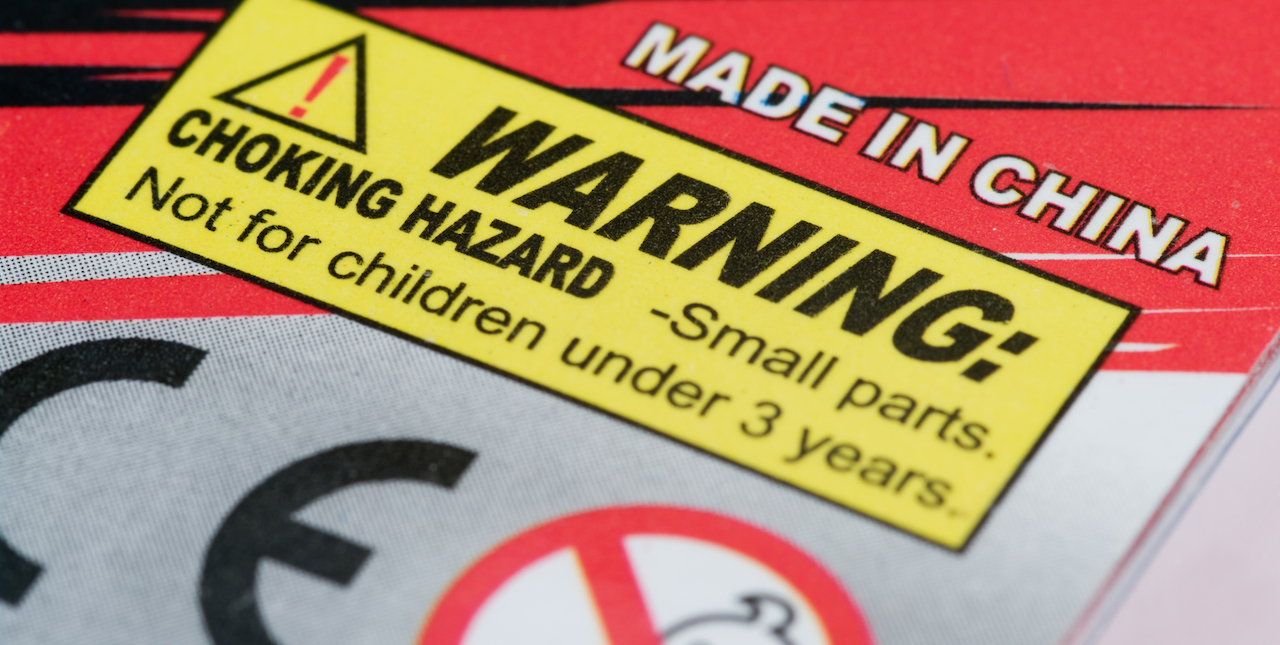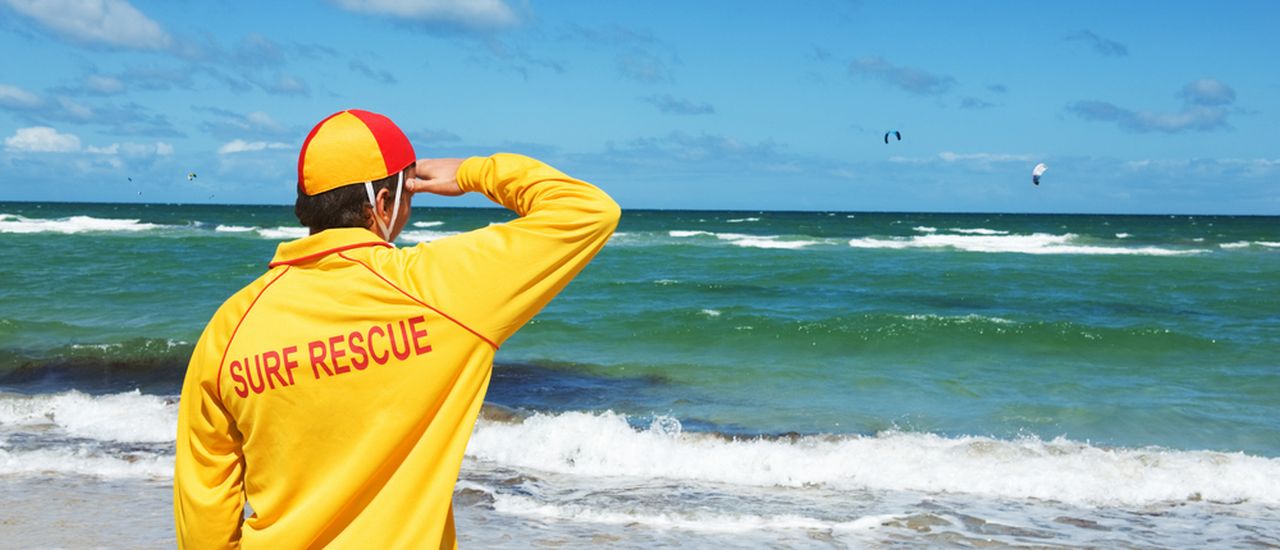When you’re prescribed medication, it’s important for your long-term health to follow your doctor’s instructions and to take them properly.
Unfortunately, some of us may stop taking our medication for various reasons. This may include:
- Not believing the treatment is going to improve your health.
- Having had a bad experience with a certain medication in the past (e.g. side-effects like nausea or cramps).
- Being in denial about your condition, therefore believing you don’t need to take your medication.
- Believing you “feel better”.
However, stopping your medication as you please or not taking your medication as prescribed can cause serious problems. Here are a few things you should know before you stop taking your medication.
Be prepared
Prevention is better than cure, so once you’re prescribed a new medication, understand your treatment properly. Ask your doctor:
- Your dose and schedule
- The expected outcome
- Common side effects
- How long you’ll have to take it
- What will happen if you stop taking it
Talk to your doctor first
Whatever your reason for wanting to stop your medication is, discuss it with your doctor. Stopping your medication abruptly may worsen your symptoms or cause unpleasant side effects. Explain exactly why you’re thinking of not taking your medication anymore. For example, if your health seems to have improved drastically or you’ve been experiencing unpleasant reactions to your medicine, explain this clearly.
Know the side effects
When you’re prescribed any new medication, ask your doctor about the possible side effects. With some conditions like high blood pressure, stopping your medication can be dangerous. Because there are no obvious symptoms, you won’t know how your body is reacting.
Stop your medication safely
If your doctor gives you the go-ahead to stop taking medication, you can’t always just go cold turkey!. For example, with some medications, you’ll need to start taking smaller doses until your body is weaned off. This helps your body avoid unpleasant side effects that come with stopping medication too quickly.
Remember:
- Always take your medication as prescribed.
- Ask your doctor about anything you’re unsure about.
- Always tell your doctor about other medication as some medications can react badly to each other.
- Use your phones’ calendar to stay on top of your medication schedule.

